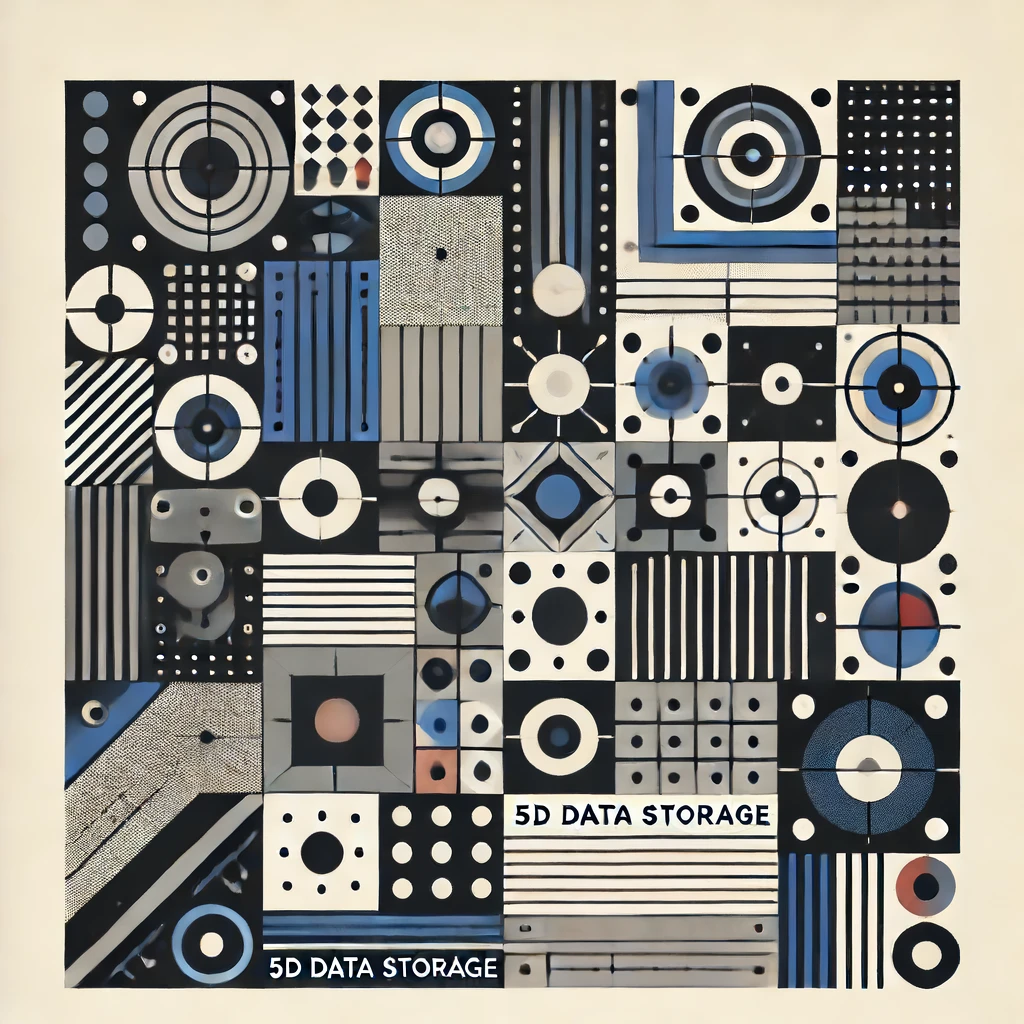As India continues its journey toward becoming a global digital powerhouse, the efficient management of vast amounts of data is paramount. One groundbreaking technology poised to revolutionize data management is 5D data storage. This innovative technology, capable of storing immense quantities of data in a compact and durable format on optical discs that can potentially last billions of years, offers a myriad of benefits from a management perspective. This article explores the implications of adopting 5D data storage technology in the Indian context.
Understanding 5D Data Storage
5D data storage utilizes nanostructures within fused quartz to encode data in five dimensions: the size, orientation, and three spatial dimensions of nanostructures. This technology offers unprecedented storage density and durability, making it an ideal solution for managing the ever-growing data needs of various sectors.
Advantages of 5D Data Storage
- Vast Storage Capacity: 5D data storage can hold up to 360 terabytes of data on a single disc, addressing the burgeoning data storage requirements of Indian enterprises and government agencies.
- Durability: These discs are incredibly durable, capable of withstanding extreme temperatures and environmental conditions, and have a lifespan of billions of years, ensuring long-term data preservation.
- Compact Format: The high data density of 5D storage allows for a significant reduction in physical storage space, facilitating more efficient data center management.
Strategic Implications for Indian Management
- Cost Efficiency: Although the initial investment in 5D data storage technology may be high, the long-term cost savings are substantial. Reduced need for physical storage space, lower maintenance costs, and the elimination of frequent data migrations can result in significant financial benefits.
- Enhanced Data Security and Integrity: The durability and resilience of 5D data storage provide robust protection against data loss due to physical degradation, environmental factors, or cyber-attacks. This reliability is crucial for sectors handling sensitive information, such as finance, healthcare, and government.
- Sustainable Data Management: The compact and durable nature of 5D data storage contributes to more sustainable data management practices. Reduced physical storage needs lead to lower energy consumption and a smaller carbon footprint for data centers.
- Strategic Long-Term Planning: The virtually limitless lifespan of 5D data storage aligns with long-term strategic planning, ensuring that critical data remains accessible and intact for future generations. This is particularly relevant for archival institutions, research organizations, and educational institutions.
- Scalability: As India’s digital economy grows, the scalability of 5D data storage technology allows organizations to expand their data storage capabilities without significant infrastructure overhauls. This flexibility supports the dynamic and rapid growth of data-intensive industries.

Implementation Considerations
- Initial Investment and Transition: Organizations must carefully plan the transition to 5D data storage, considering the initial investment and the need for specialized equipment and expertise. Strategic budgeting and phased implementation can mitigate financial impact.
- Workforce Training: Adoption of new technology necessitates workforce training. Investing in training programs to upskill employees on the use and management of 5D data storage technology is essential for seamless integration.
- Regulatory Compliance: Ensuring compliance with national and international data protection regulations is critical. 5D data storage must be integrated with robust data governance frameworks to protect sensitive information and maintain regulatory compliance.
- Collaboration and Innovation: Encouraging collaboration between technology providers, government agencies, and private sector organizations can drive innovation and accelerate the adoption of 5D data storage technology across various sectors.
Conclusion
The adoption of 5D data storage technology presents a transformative opportunity for data management in India. From enhancing data security and integrity to promoting sustainable practices and long-term strategic planning, the benefits are manifold. By addressing implementation challenges and fostering a collaborative environment, Indian organizations can leverage this cutting-edge technology to meet the growing demands of the digital age and secure their place as leaders in the global data economy.

